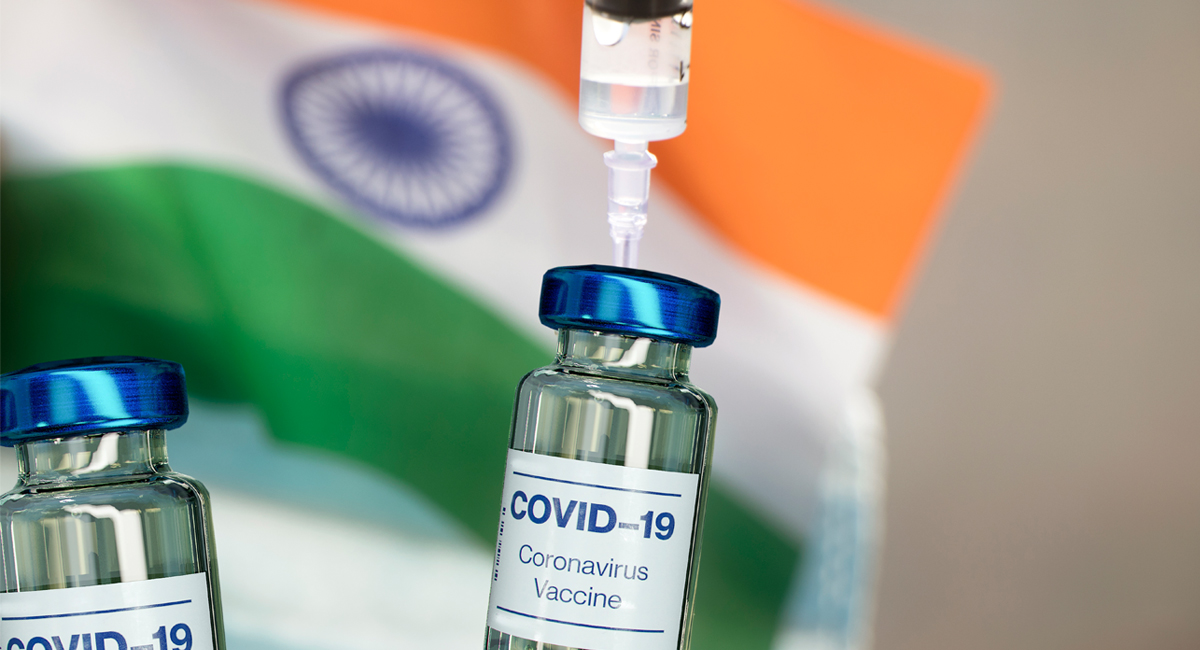
As the world gears up to repress COVID-19 with vaccines, India’s current situation has brought attention to the strength of the virus to manipulate itself to become more transmissible and dangerous. There is a greater need for focus on vaccination policies to ensure a higher rate of inoculation to avoid critical symptoms and hospitalization before the commencement of a third wave or further mutations of the virus.
India’s widely criticised vaccination policy and road to recovery from the second wave has some key takeaways for other governments in terms of preparing their countries to avoid a similar occurrence.
COVID 19 Vaccination Policy: The Three Phase Strategy Controversy
India’s immunisation programme commenced with administration of domestically produced vaccines- Covaxin and Covishield. The Drugs Controller General of India, the central regulator, authorised these for emergency use in January 2021. The Government adopted a three phase implementation strategy to carry out the COVID-19 immunisation drive.
The first phase which commenced on 16th January covered healthcare professionals and frontline workers. On 1st March the second phase was introduced where persons aged 60 years and above, and those over 45 years with co-morbidities became eligible for vaccination. The onset of the third phase on 1st May 2021 extended eligibility to the 18-45 age group. Alongside the announcement of the third phase, the Government adopted a liberalised strategy for vaccine pricing, procurement and administration. It enabled hospitals and private entities to purchase vaccines in the open market and administer them, while the Central Government said it would prioritise vaccinating those eligible to be covered by the first two phases. The third phase has also initiated the imports and technology transfers of vaccines such as Sputnik V, Novavax, Moderna and Pfizer.
Meanwhile, part of the burden of administration of vaccines was shifted from the central government to the state governments. This is in contrast to the initial Universal Immunization Programme that was implemented as part of the National Vaccine Policy, where the Central Government procured and distributed vaccines to states. The shift from this strategy for COVID-19 vaccines placed unprecedented responsibility upon states to float global tenders and negotiate prices with vaccine manufacturers. Additionally, the extension of eligibility for 18-45 age group required the state governments to ensure a quicker and widespread vaccination drive.
Companies such as Johnson & Johnson, Pfizer and Moderna refused to negotiate with multiple states, preferring to deal with only the Centre. The new policy also unravelled the failure of the central government to place sufficient orders and stockpile vaccines, while several countries like the UK, USA and Israel placed orders in advance and were on the verge of receiving shipments.
Deregulation of vaccine pricing caused discrepancies in pricing strategies across central, state and private hospitals in India and discontinued central government sponsored vaccinations for 18-45 age group.
Consequently, the Supreme Court of India intervened to examine the vaccine policy. It relied upon the Basic Structure Doctrine, which is a cardinal principle of Indian constitutional jurisprudence, to assert a judicial review of the vaccine policy. Operating on this, the Court Order sought information by demanding the expenditure of budget allotted to vaccinations, and history of vaccine procurement transactions to enable transparency. The Court further questioned the rationality of the liberalised vaccine policy, on the grounds of it not satisfying Article 14 (Right to Equality)’s two-pronged test of ‘intelligible differentia’ and its ‘nexus with the object of law’:
“due to the importance of vaccinating individuals in the 18-44 age group, the policy of the Central Government for conducting free vaccination themselves for groups under the first 2 phases, and replacing it with paid vaccination by the State/UT Governments and private hospitals for the persons between 18-44 years is, prima facie, arbitrary and irrational.”
This eventually led to a revised policy. The Centre reverted to its position of procuring vaccines, and price caps were fixed for service charges in private hospitals. Although the new policy does not entirely do away with lacunas, it is relatively promising. The first day of its implementation recorded administration of 8.5 million jabs, the highest single day vaccination rate. However, it remains to be seen how an expected leap in administration of second doses in the coming days will be dealt with, especially when vaccine stocks fail to meet the demand for first dose in many states.
The Takeaway from India’s Second Wave
India is a situational irony where it is the largest producer of vaccines, catering to 60% of the world’s demand, while at the same time only 3.5% of the domestic population is fully vaccinated for COVID-19. The second wave and oscillating vaccination policy serves as a lesson for governments globally.
Foremost, it is important for governments to recognise and implement the right to health. In the present scenario, the right to vaccines and essential supplies is ancillary to the right to health itself. It has been articulated in various international instruments including Universal Declaration of Human Rights, WHO Constitution and the International Covenant on Economic, Social and Cultural Rights in addition to several constitutions. Despite the absence of solidarity and robust framework bestowing this right, the Indian Supreme Court’s constructive approach in consistently endorsing this right led to the Court Order criticising the vaccination policy.
The second lesson it provides is the requirement for coordination between all levels of government. The tug of war between the Centre and states to shift responsibility of vaccinations weakened the co-operative federalism structure in India. The revised policy is similar to the U.S. Strategy where states and smaller government units receive doses from the centre and are responsible for smooth administration.
Furthermore, India’s situation re-emphasized that the vaccine market is a seller dominated one, where the entire world is desperate to get vaccinated while there are a relatively low number of suppliers. This has prompted several intellectual property considerations in the context of access to vaccinations and medications. India is a leading advocate of the proposed TRIPS waiver for COVID supplies. This is also endorsed by the UN High Commissioner for Human Rights for equitable and universal access to all countries.
In response, it has been argued by many that India must adopt domestic IP waivers such as compulsory licensing under Sections 92 and 100 of the Patents Act 1970. Previously, compulsory licensing was granted in Bayer vs Natco & Government of India for Sorafenib Tosylate to Natco. However, in this case the generic drug producer Natco could fulfil the conditions set out under the Act in terms of the ability to work the patent for the advantage of the public. In the current scenario, this is unfeasible since dearth of production resources is a core concern and not the access to technological know-how. The TRIPS route would only assure a universal waiver, therefore aiding countries such as India diplomatically, provided they can also manage to the production resources. It is also argued by some that the TRIPS waiver would help countries get access to these raw materials and other necessary supplies. Collaborations and collective pooling for vaccinations globally or amidst regional groups of countries can also prove to be beneficial.
At the same time to leverage benefits of an open market, jurisdictions must align domestic laws to facilitate expeditious administration of vaccinations. India’s supply shortage was also because of shelving of vaccine approvals. The Second Schedule of Drugs and Clinical Trial Rules 2019 provide for relaxations and accelerated approval process for drugs used to treat unmet medical need or disaster. Despite this favourable regulatory process and lack of explicit bar on imports, the Central Drugs Standard Control Organisation (“CDSCO”) considered only two vaccines for emergency approval initially. There were two reasons for this- First, the Government placed confidence in domestic vaccine manufacturers who forecasted they can produce enough for domestic demand and export; Secondly, an unhurried attitude was adopted towards vaccines due to decline in cases in India . In pursuance of this restricted notion, there was a failure to place advance purchase orders for imported vaccines while other countries approved a diverse basket of vaccines.
The Government also overlooked the utility of at-risk investments in vaccine companies to increase manufacturing capacity. This was the plan of action adopted by countries such as the US and UK which are carrying out hassle-free immunisation campaigns.
Another reason why India hasn’t attracted vaccine supplies is the lack of indemnity granted to vaccine makers. This means that beneficiaries of vaccines may seek compensation claims for any adverse events and the CDSCO may initiate action for any violation of Drugs and Cosmetics Act. While indemnity may attract vaccine supplies, there is also the issue of liability and alternate routes of compensation which requires consideration. Therefore, governments need to carefully assess existing laws and funds available to them to agree to indemnity demands.
Lastly, governments must act with a sense of urgency. While most countries are grappling with the pandemic at different stages, it is important that society and regulators do not become lax since COVID-19 is here to stay. Hence it is important to remain vigilant and continue to adopt new polices to cater to emerging problems such as meeting high demand for second dose, future insurgence of the virus or any other similar mass infections. In the light of recent talks on booster shots, governments must mobilise their economy and public healthcare systems to prep for further vaccination drives immediately.



